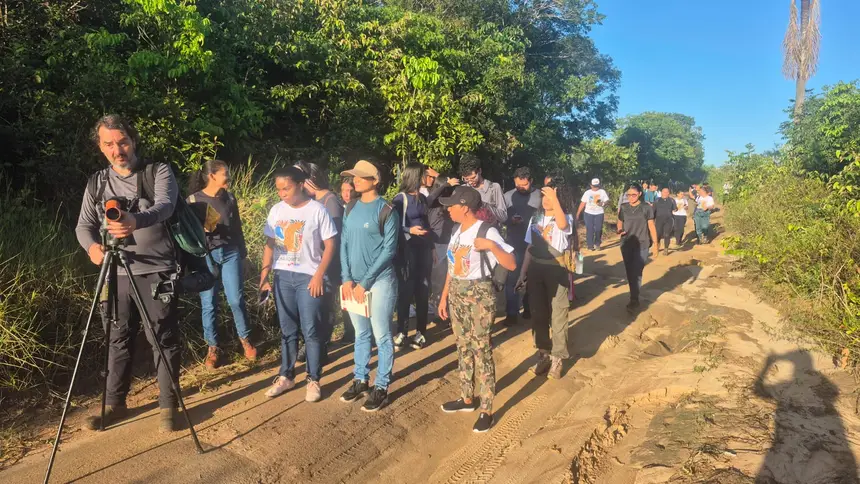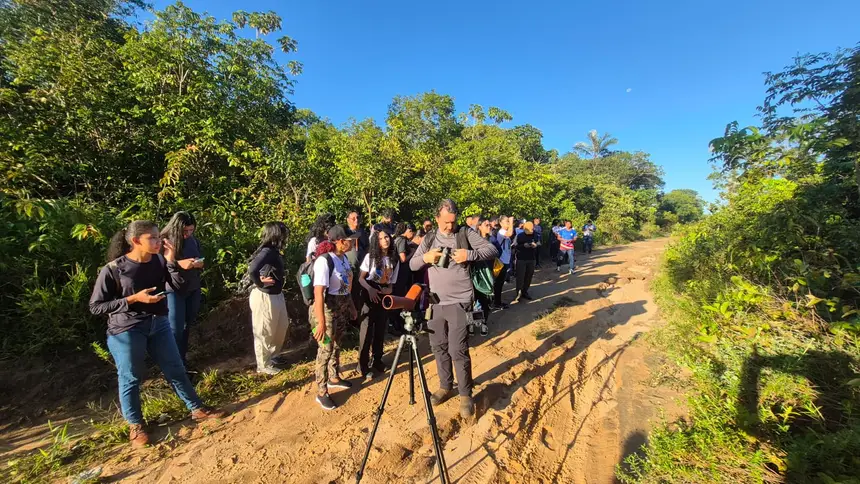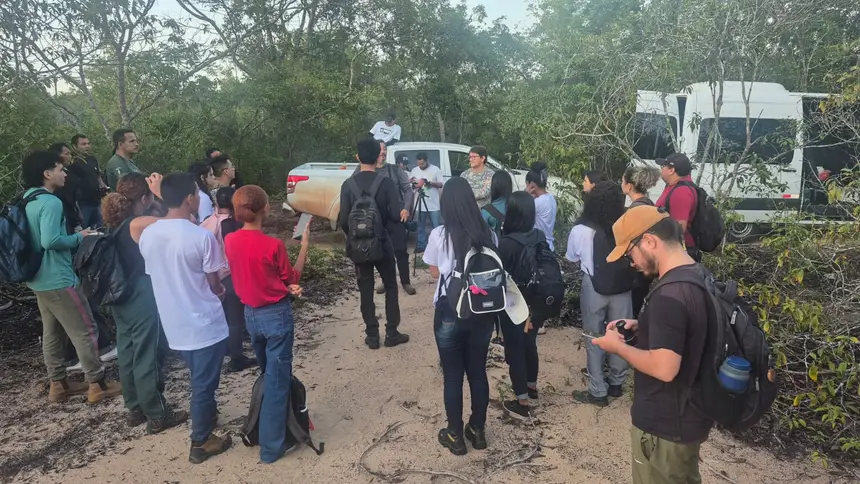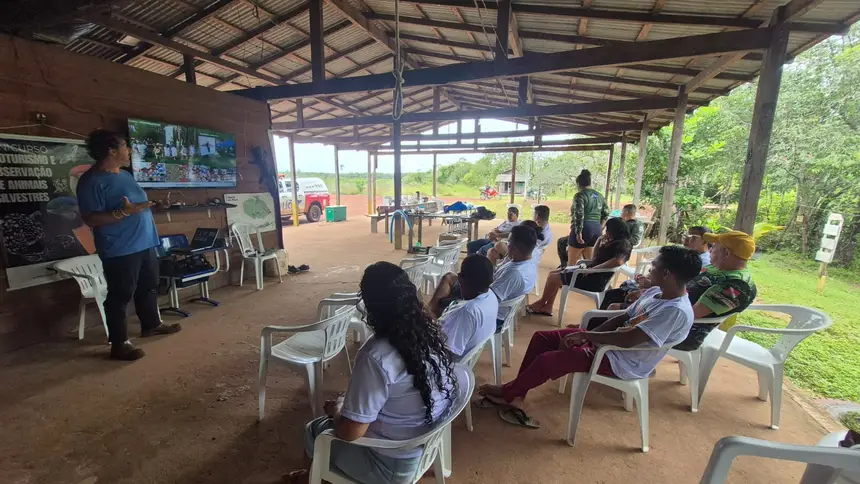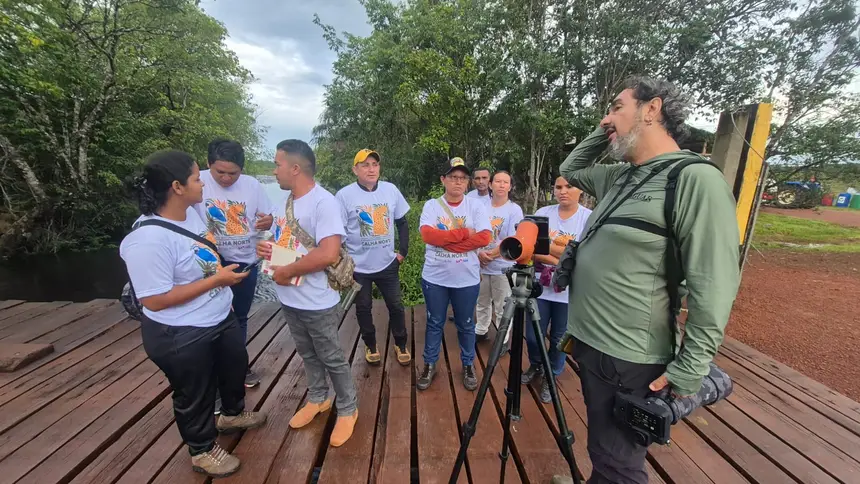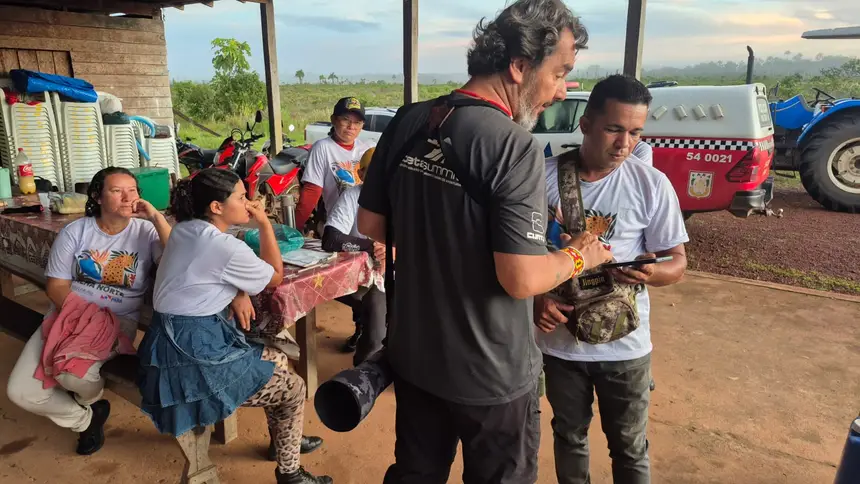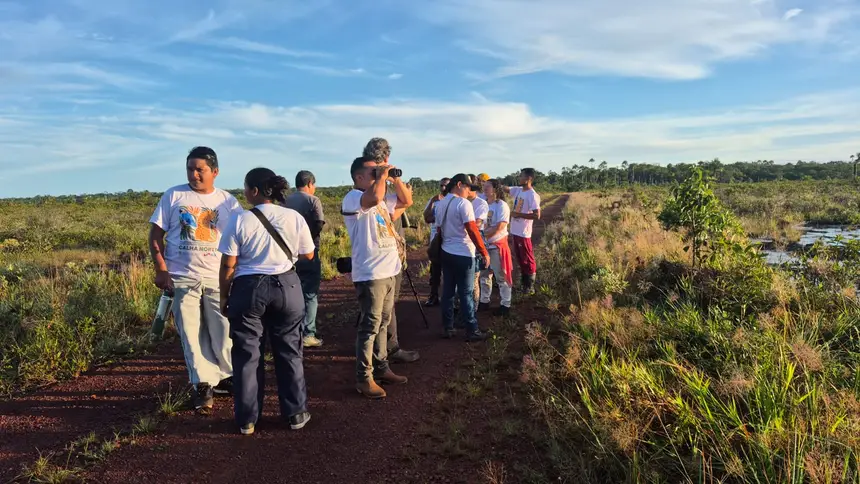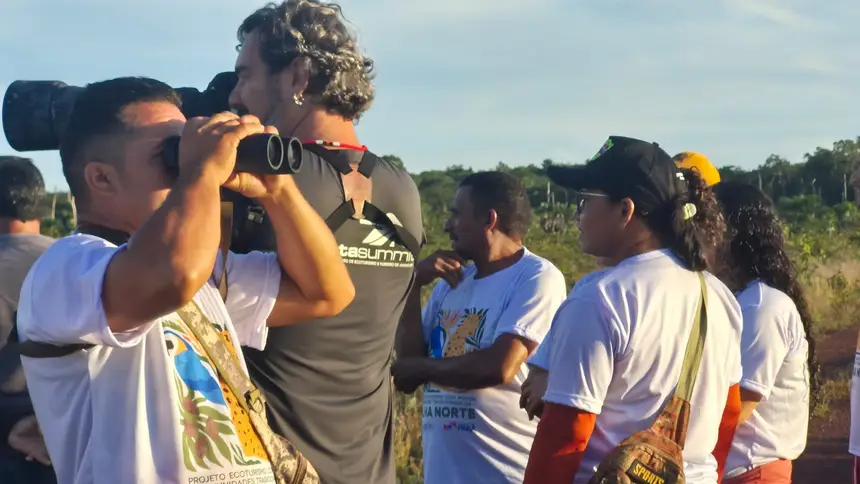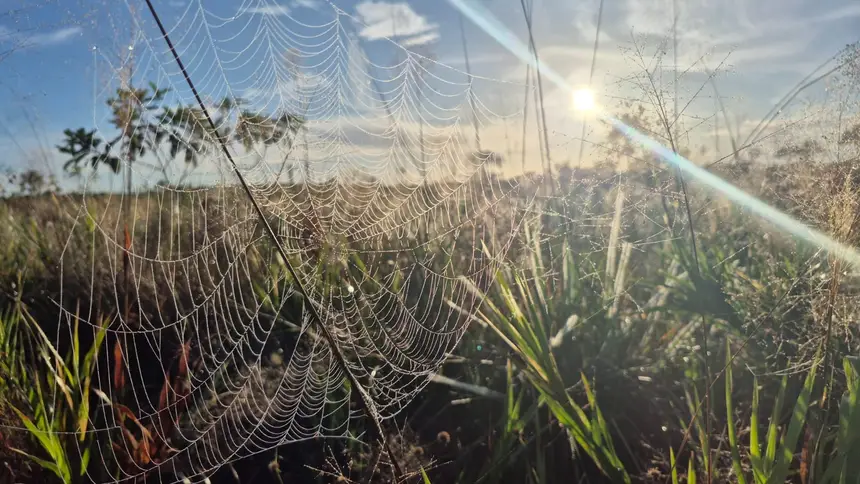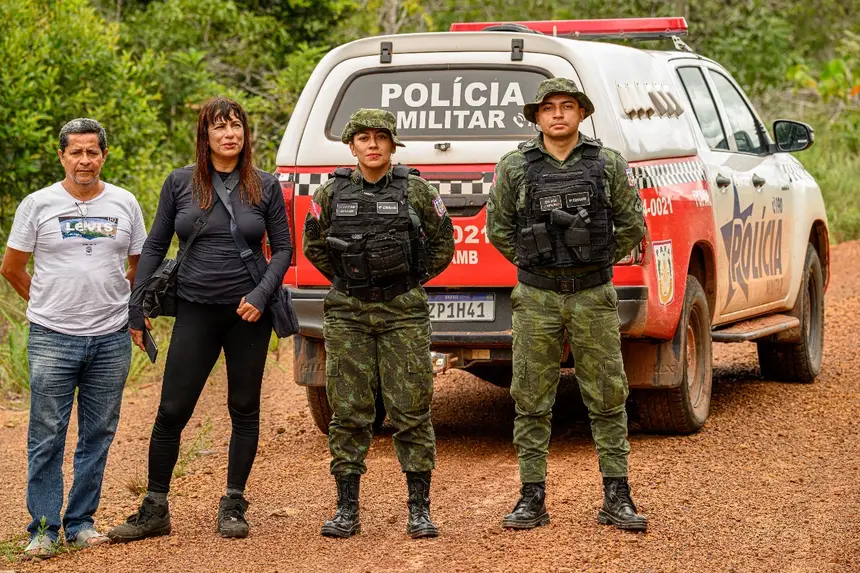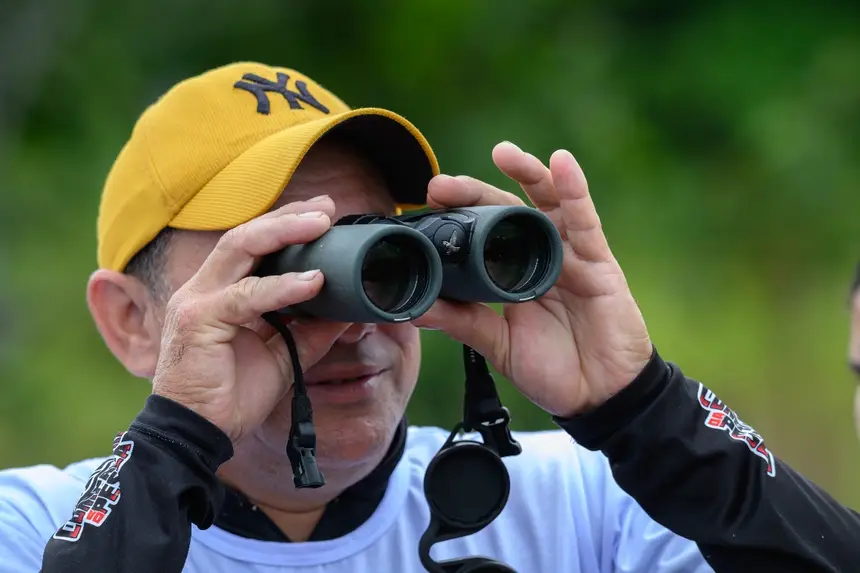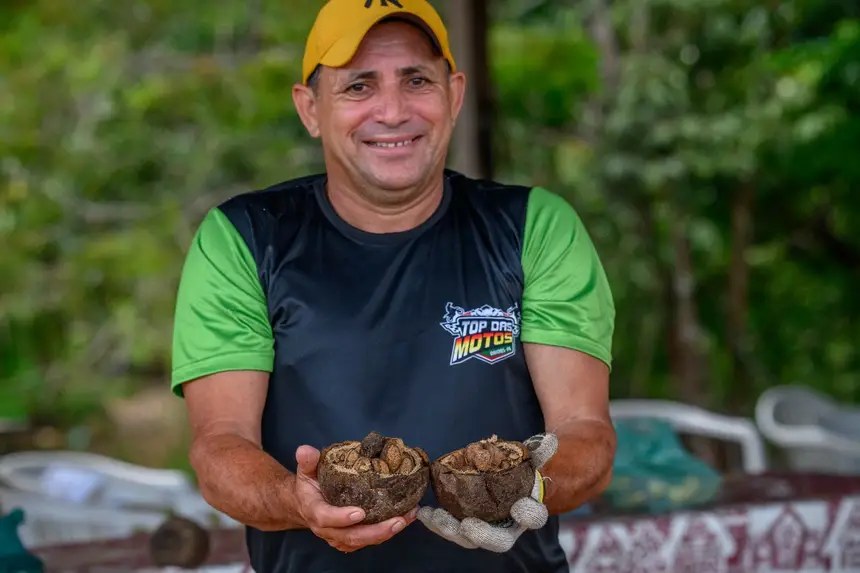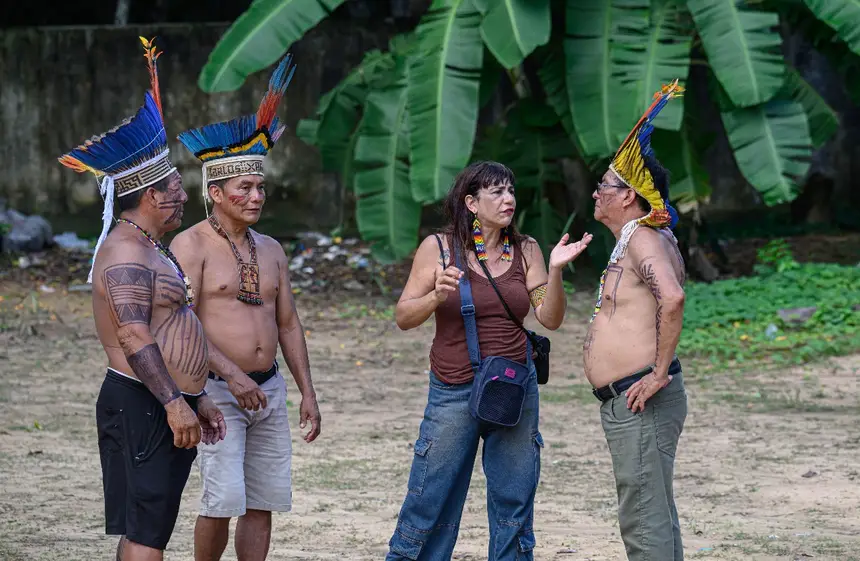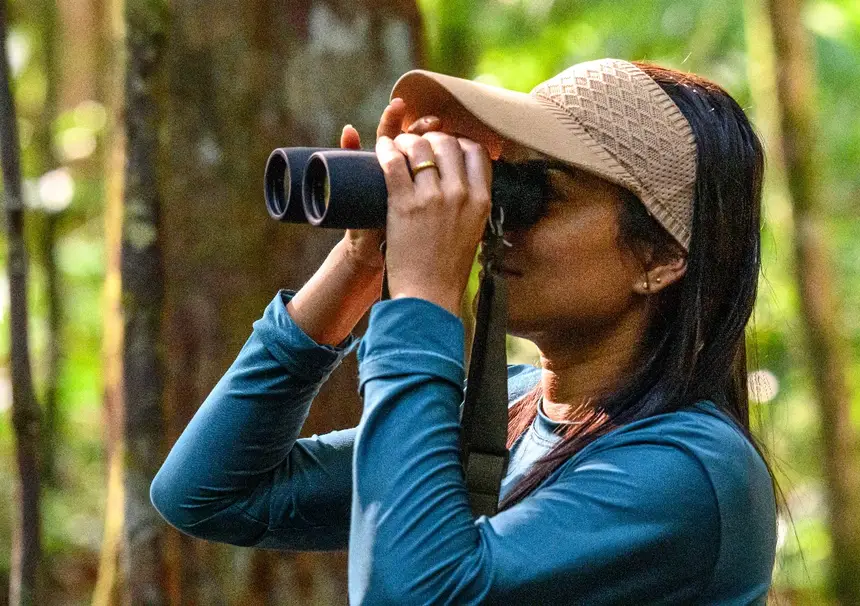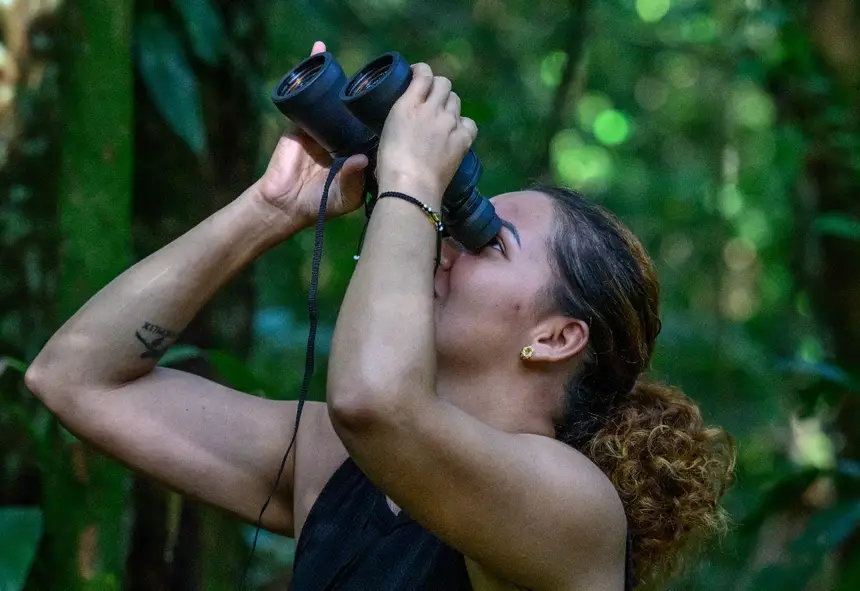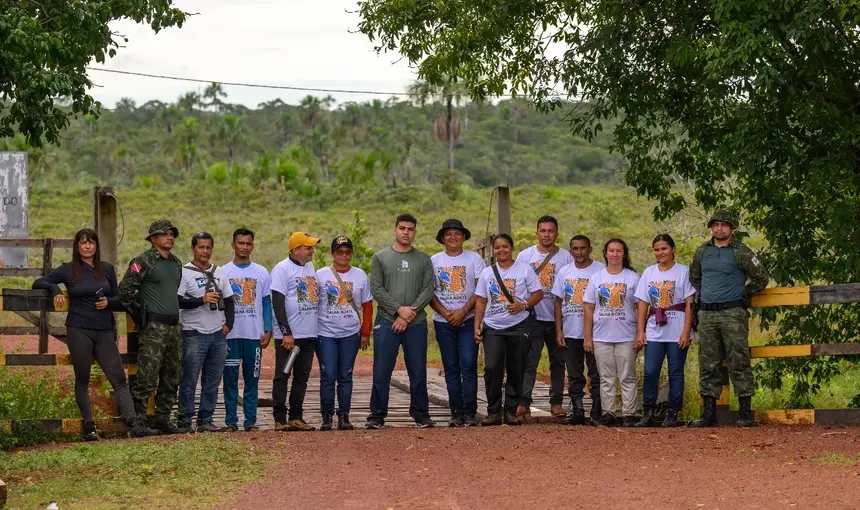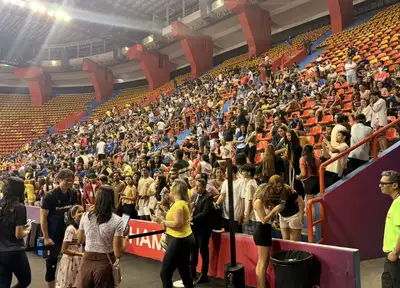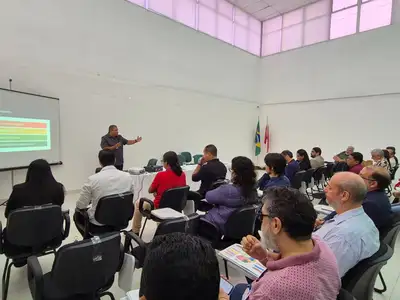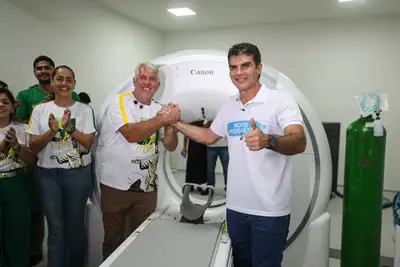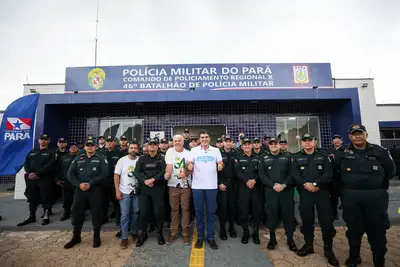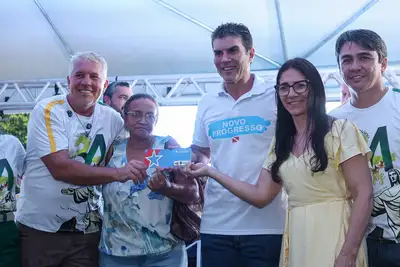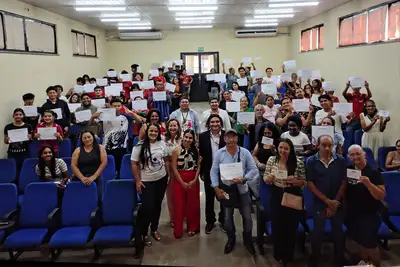Project boosts community ecotourism in the Northern Corridor of Pará and values traditional knowledge
The course also included practical field activities, allowing direct contact with the region's biodiversity
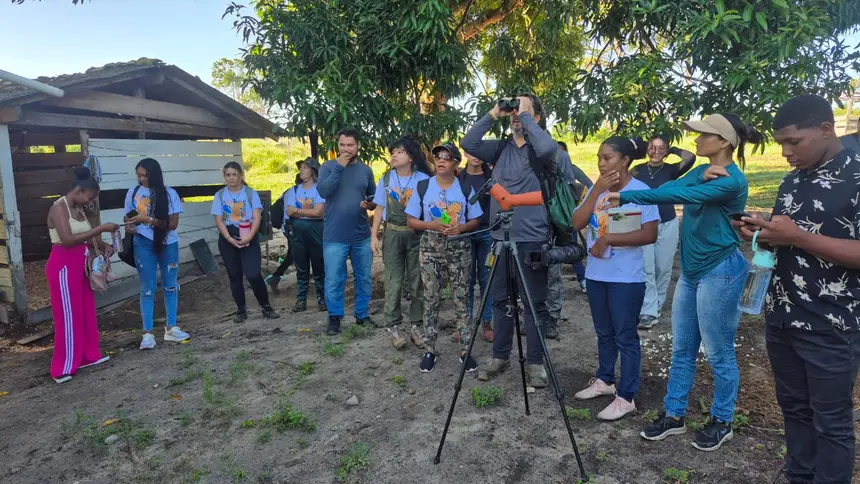
The Institute of Forest Development and Biodiversity of Pará (Ideflor-Bio), in partnership with Maritaka Expeditions, promoted an important action to strengthen sustainable tourism in the Northern Corridor of Pará. The initiative, held from May 14 to 25, marked the beginning of the project "Ecotourism with Traditional Peoples and Communities of the Northern Corridor," with the course "Ecotourism and Wildlife Observation" taught by guide and specialist Frederico Crema Leis.
The first stage of the training took place in the municipality of Oriximiná and gathered about 60 participants, including university students, indigenous leaders, and quilombola leaders. During the meetings, topics such as the fundamentals of ecotourism, techniques for observing birds and wild mammals, as well as the use of apps for mapping local avifauna were addressed. The course also included practical field activities, allowing direct contact with the region's biodiversity.
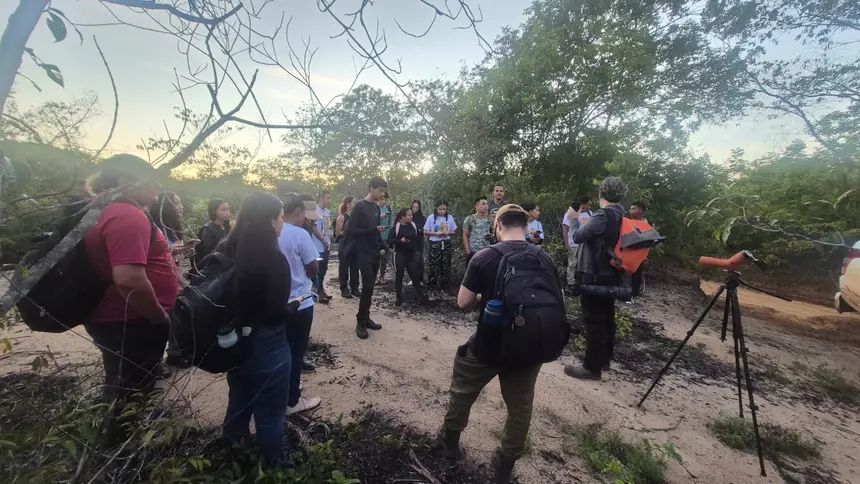
Subsequently, the course was taken to the community of Jaramacaru, located near the Trombetas State Forest, one of the Conservation Units (UCs) managed by Ideflor-Bio. Known for the traditional extraction of Brazil nuts and cumaru seeds, the forest also hosts a rich diversity of ecosystems and species, such as jaguars, monkeys, and rare birds, making it a promising territory for wildlife observation tourism.
Bioeconomy - "The course was an opportunity for listening and exchanging knowledge. The community showed great interest in community-based tourism as a way to protect their territory and generate income from their own knowledge," says Claudia Kahwage, environmental management technician at Ideflor-Bio, who accompanied the field activity.
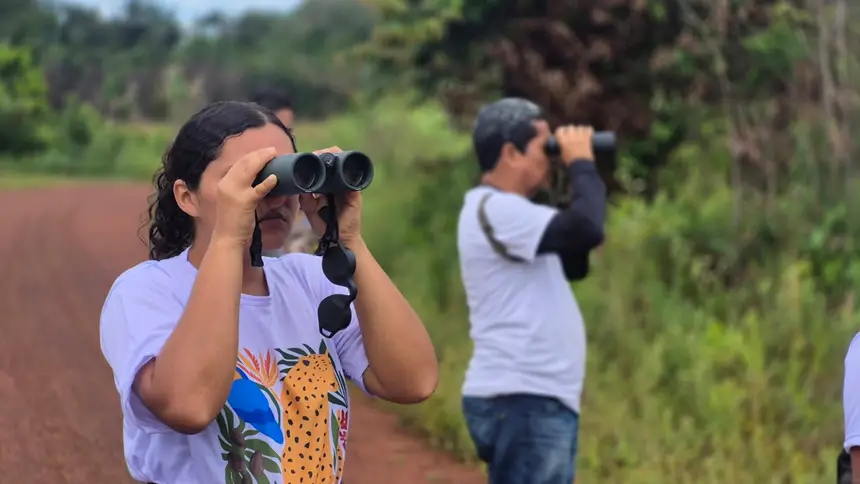
The action is part of a set of goals of the project funded by resources from the Environmental Compensation Fund of the State of Pará (FCA), which is managed by Ideflor-Bio, focusing on cultural valorization, environmental conservation, and the development of sustainable economic alternatives. Among the main objectives are the training of community guides, mapping areas with tourism potential, implementing support infrastructure with bioconstruction, and developing tourism products, such as community protocols and gastronomic catalogs.
Protagonism - "The project is a concrete demonstration that it is possible to promote forest conservation while strengthening the autonomy of traditional communities. We are encouraging local protagonism as a path to a sustainable future in the Amazon," highlighted Nilson Pinto, president of Ideflor-Bio.
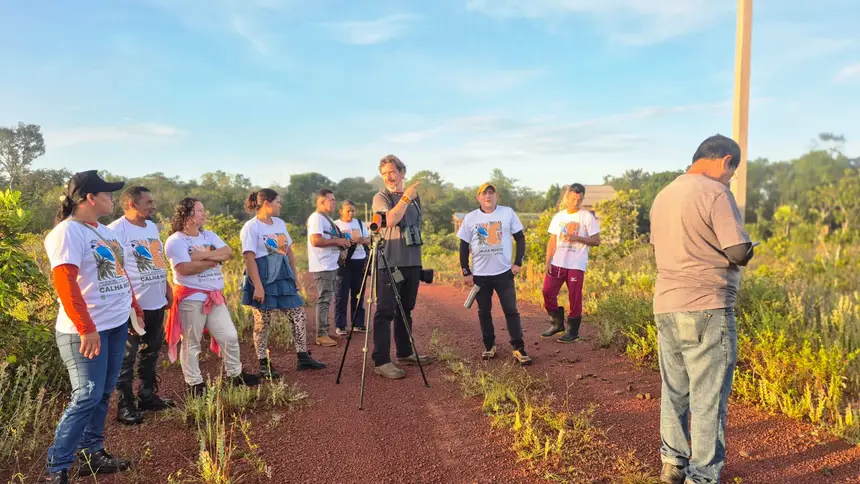
The Institute's actions in the Northern Corridor encompass one of the largest mosaics of protected areas in the world, including the Grão-Pará Ecological Station (Esec) — the largest Integral Protection UC on the planet — and other state forests and biological reserves. These areas, combined with indigenous and quilombola lands, form an essential territory for global climate regulation and the preservation of ancestral ways of life.
Growth - The project also aligns with a global growth scenario for ecotourism. According to the World Tourism Organization (UNWTO), the segment grows more than 20% per year. Wildlife observation, especially of birds, generates billions of dollars, promoting conservation and creating jobs. With its immense biological and cultural diversity, the Northern Corridor of Pará can become an international reference in this niche.
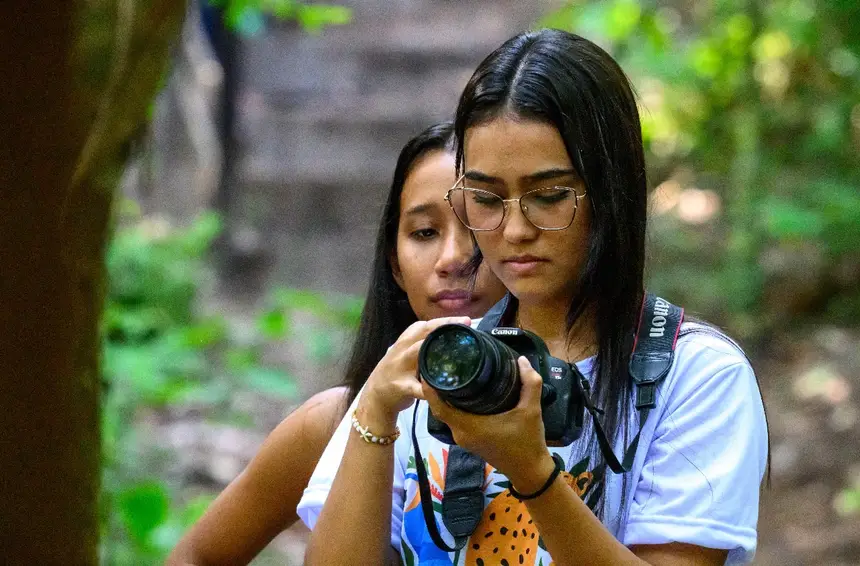
In addition to boosting the local economy with low environmental impact, community ecotourism contributes to the permanence of traditional peoples in their territories, reducing pressures such as deforestation and the predatory exploitation of natural resources. By integrating conservation and cultural valorization, the project reinforces a development model based on sustainability and respect for local knowledge.
Nilson Pinto emphasizes that the Institute will continue with training actions, mapping, and structuring tourism products in the communities of the Northern Corridor, consolidating the territory as an example of integration between conservation and development. "Community ecotourism is a strategy that combines biodiversity conservation, cultural valorization, and income generation, ensuring a sustainable future for the Amazon and its peoples," concluded the president of Ideflor-Bio.


